Project
•
24 Apr 2025
Atama Climate
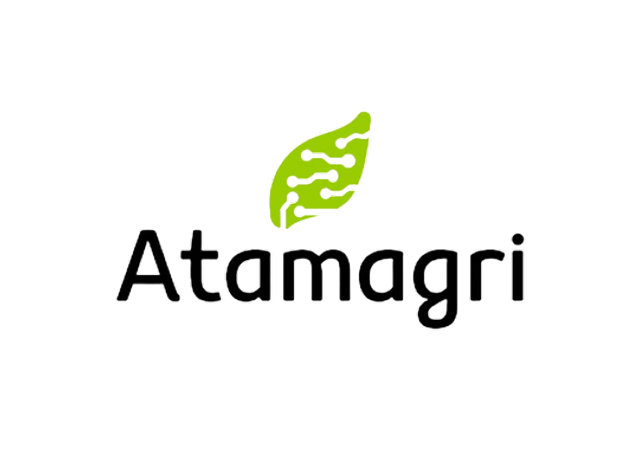
Overview
Atama Climate is a computer program connected to the Atamagri system specifically to control the Atamagri weather station, with this program it can monitor weather-related data such as temperature, air humidity, relative pressure, absolute pressure, altitude, current and voltage from solar cells to determine the potential of solar energy in a place, and light intensity. In addition to monitoring, it can also control the calibration of the Atamagri weather station and set the data log address on the google sheet.
Project Goals
The purpose of developing Atama Climate is to provide an integrated Atamagri weather station monitoring and control system, to support data-driven agricultural activities. Through this system, users can monitor various weather parameters in real-time such as temperature, air humidity, pressure (relative and absolute), altitude, light intensity, and current and voltage from solar cells to determine the potential of solar energy in a location.
In addition to monitoring, the program also allows users to calibrate weather station devices remotely and set the data storage address automatically to Google Sheets, so that data can be documented and analyzed more easily.
With the presence of Atama Climate, it is hoped that farmers can obtain more accurate and realtime weather information, thus supporting the decision-making process in farming activities, such as planting scheduling, irrigation management, and harvest prediction, so that agricultural productivity can be significantly improved.
Tech Stack
- PHP: as a web platform programming language
- Arduino IDE: as IDE software for programming ESP8266
- ESP8266: has an important role as the main microcontroller that connects the Atamagri weather station with the Atama Climate computer program
- Ionic: used to build user interfaces in the form of responsive web-based and mobile applications that are easy to use by farmers or other users.
Features
Atama Climate Web
- Dashboard
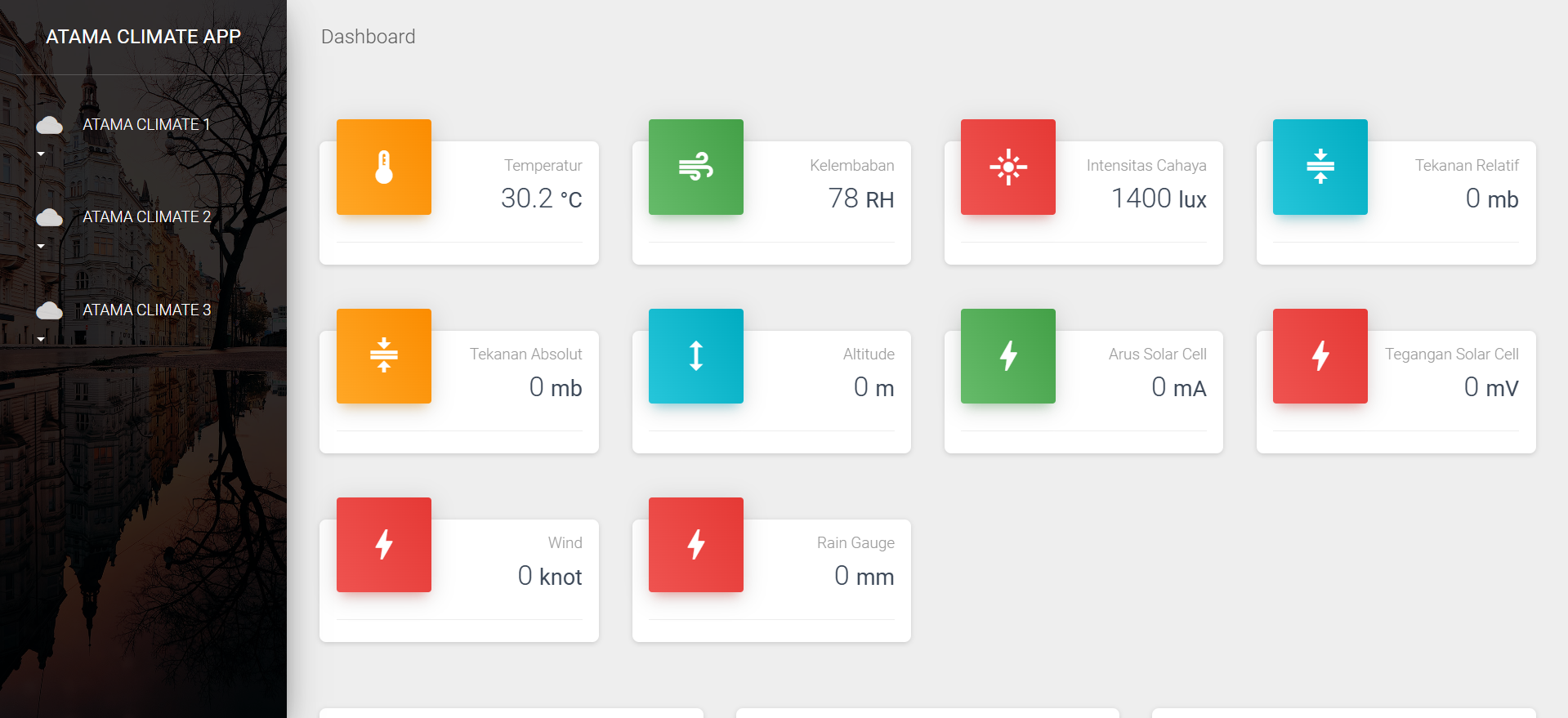
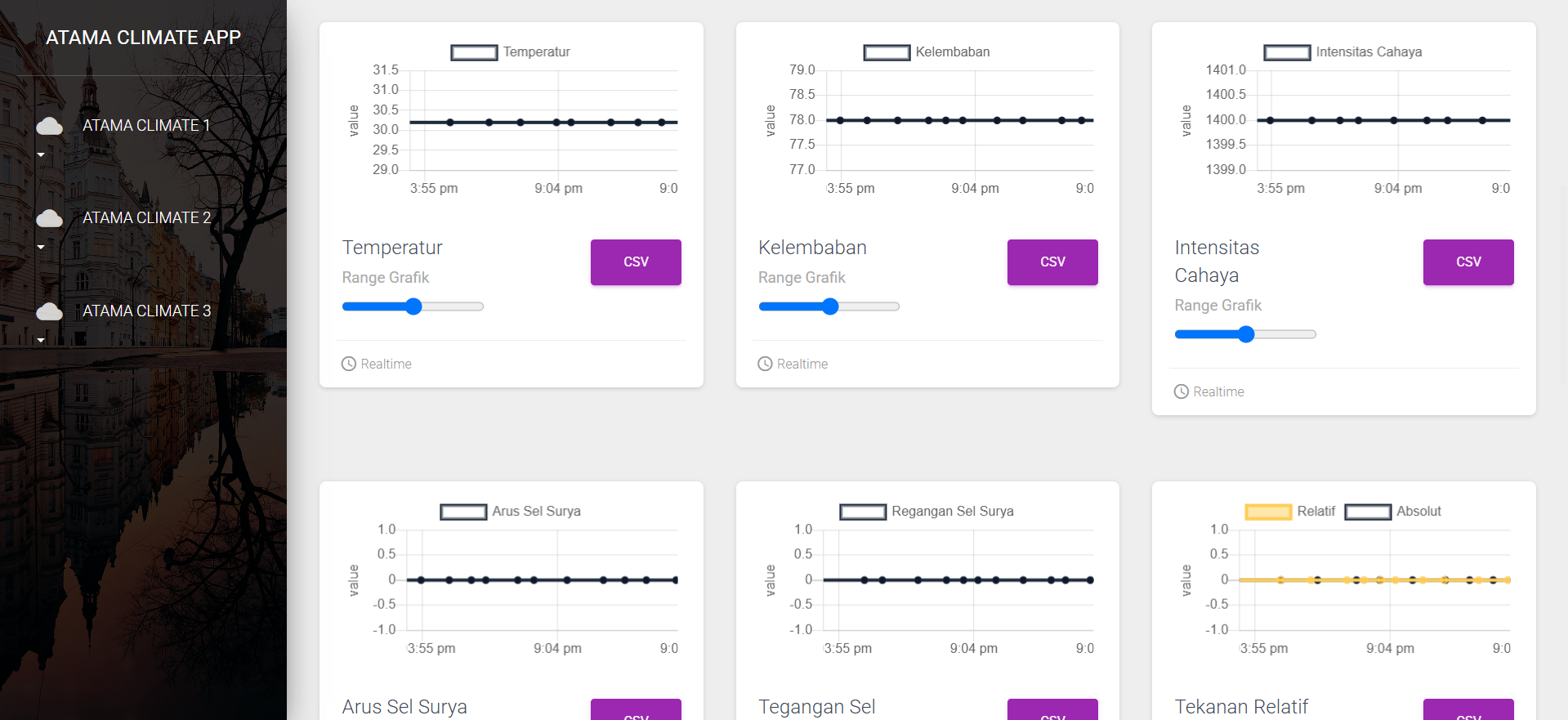
- GoogleSheet Integration
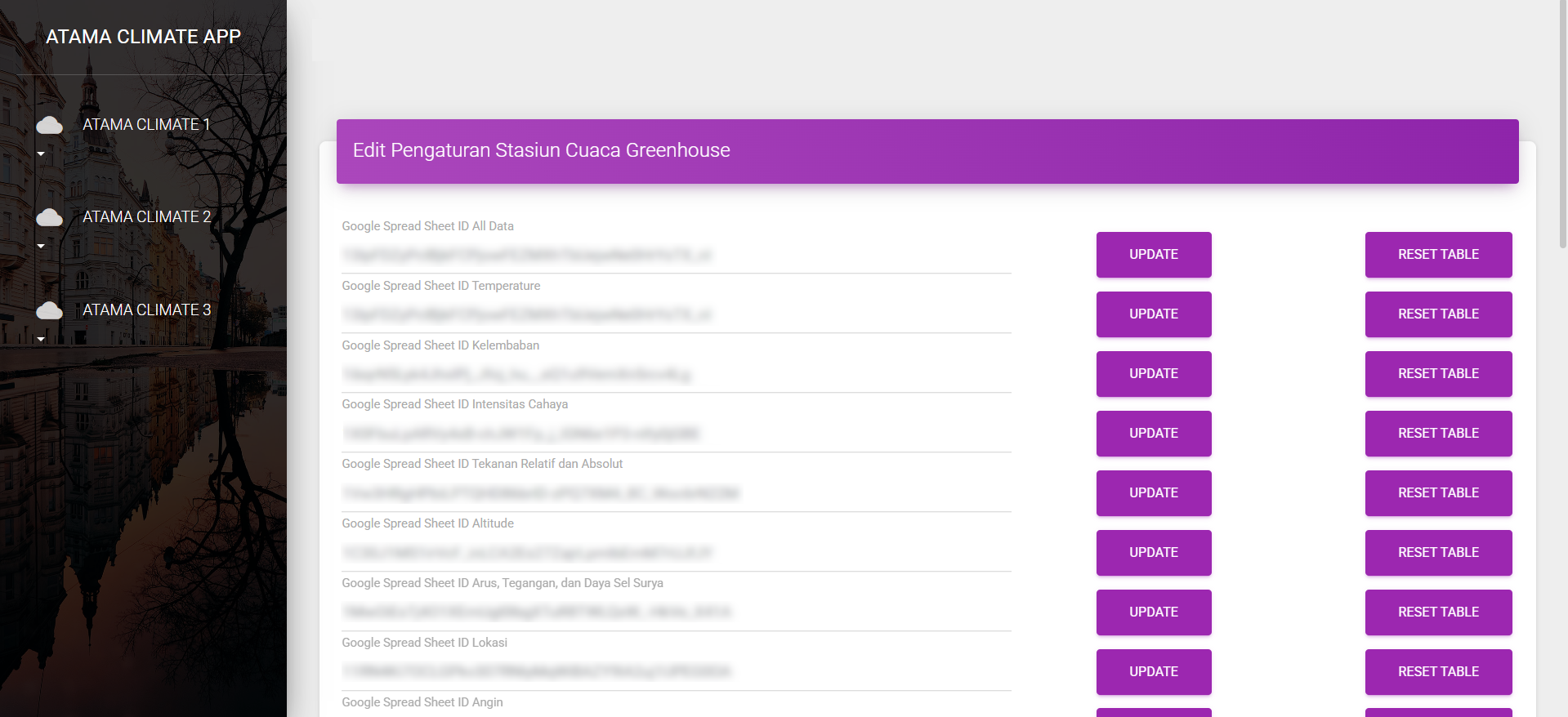
- Calibration Tools
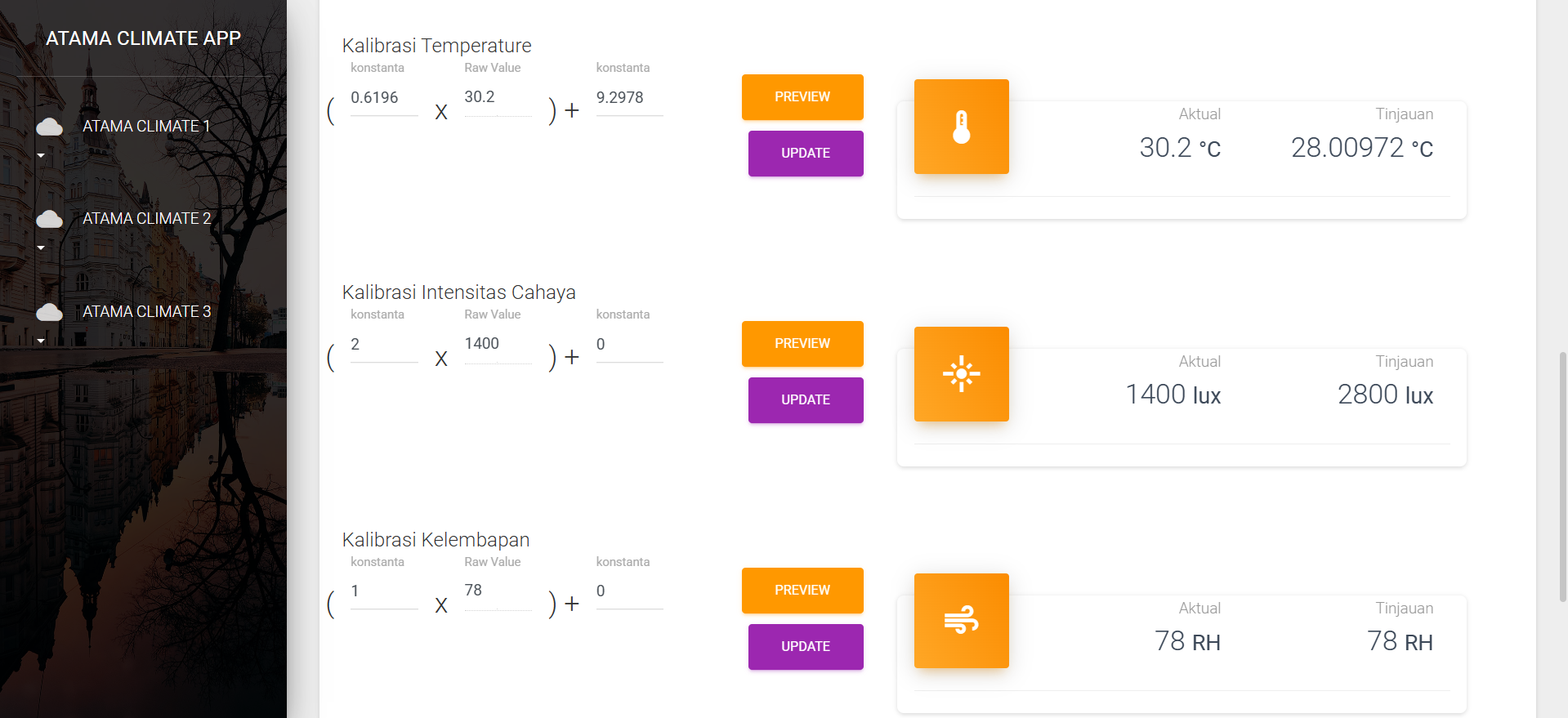
Atama Climate Mobile
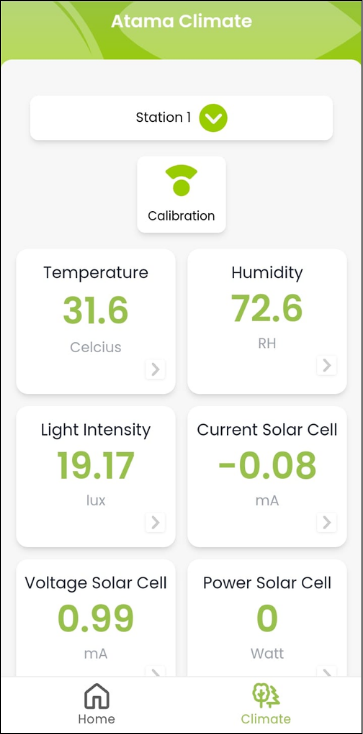
The Problems and How I Deal With It
In the process of building the Atama Climate project, a number of technical and non-technical obstacles were encountered, which affected the smooth system integration and software development. One of the main obstacles was at the hardware integration stage, specifically between the weather sensors and the ESP8266 module. When multiple sensors are connected simultaneously, communication conflicts occur that cause data to be unstable and sensor readings to be inconsistent. To overcome this, optimization is carried out by utilizing the I2C communication protocol and setting the sensor reading time lag in a structured manner.
Another obstacle was the problem of unstable Wi-Fi network connectivity, especially when the project was tested in areas with limited internet signal coverage. This resulted in the failure of real-time data transmission to the monitoring system. As a solution, the system on the ESP8266 features an auto-reconnect and retry mechanism, and added the ability to store temporary data locally when the connection is lost.
The high latency of sending data from the arduino to the service backend makes the time recorded in the server database not match the actual time when the sensor gets data. This happens because the ability to send data through the built-in Wifi ESP8266 is not so fast (compared to wifi on cellphones and laptops), so there is a considerable delay. I overcame this problem by adding an RTC DS3231SN chip module that functions to store time, because the ESP8266 cannot store time out of the box.
Integration with the Google Sheets service was also a challenge. ESP8266 cannot directly access Google Sheets with a direct library for ESP8266 because it is feared that it will take up memory space from ESP8266. To overcome this, an intermediary backend service is used that acts as a bridge so that data from the ESP8266 can be received and stored correctly in Google Sheets.
Another problem that arises is the sensor calibration process, which can only be done manually directly through the hardware. This was less efficient and difficult for ordinary users. As a solution, a remote calibration feature was added to the computer program, allowing users to set calibration values digitally through a more user-friendly interface.
There is one more obstacle in the project or maybe it is less appropriate to be called an obstacle or maybe a problem that is only directed at me personally, but I cannot tell it here, maybe in other media (far for technology domain)
With these various obstacles, the Atama Climate development process has been a rich experience of challenges as well as learning, and encouraging the development of a more reliable, efficient, and easy-to-use system in the field.
The Part I Worked On
This project was done by several people (Team Atamagri). I got the web frontend, backend, mobile app, and programmed and “slightly” assembled the ESP8266. When I joined Atamagri, the web frontend was already finished, but needed some improvements. So, I got the task to improve / adjust the appearance and rearrange the integration with the backend (because I wanted to migrate the google sheet integration tool).
In the backend section, I was given the task of replacing the use of the IFTT service to bridge ESP8266 with GoogleSheet to use its own service with Nodejs. In addition, I optimized some business processes that made the backend system run slowly.
On the IoT device, I programmed the code and “slightly” assembled the ESP8266 microcontroller. The chip modules that I installed on the microcontroller were DHT22 (Humidity and temperature sensor), BH1750 (Light Intensity), INA219 (Current and voltage), RTC DS3231SN (Time storage), BMP180 (Pressure and Pressure). The microcontroller is programmed with the C (Arduino) language.